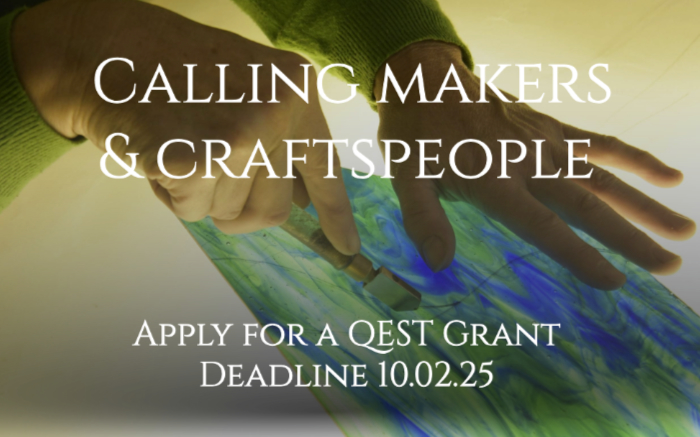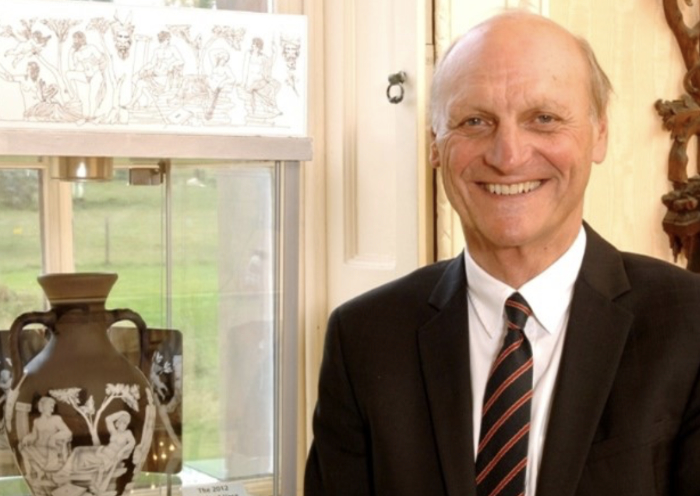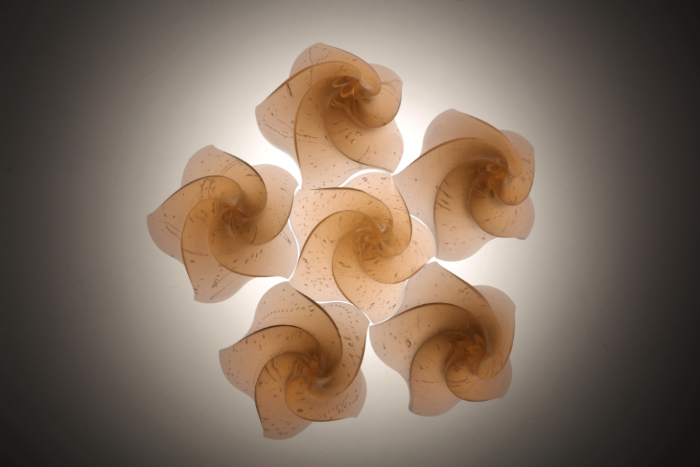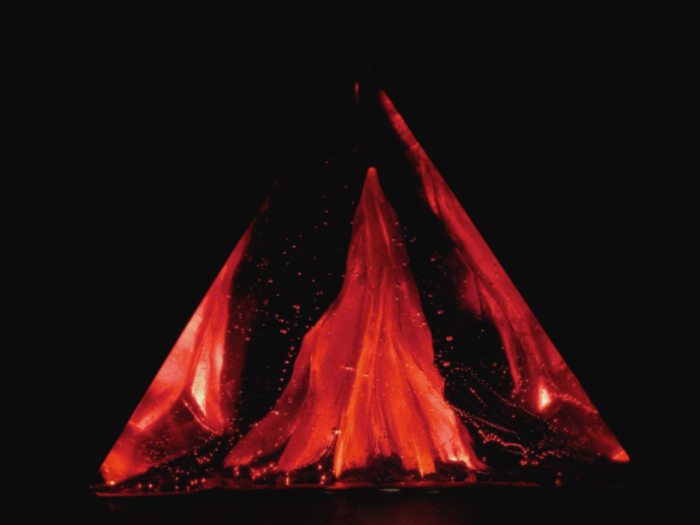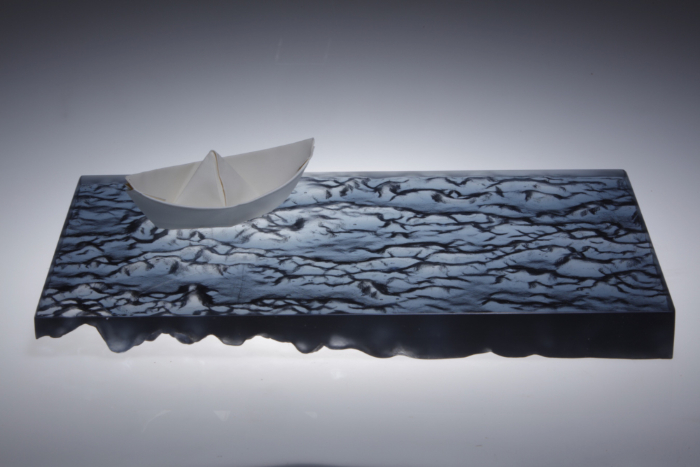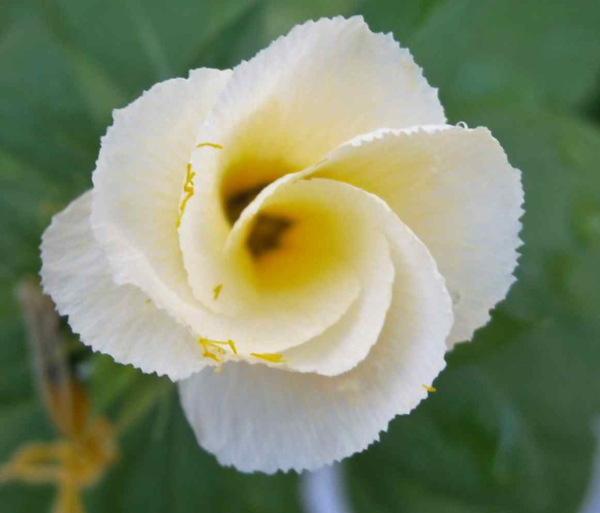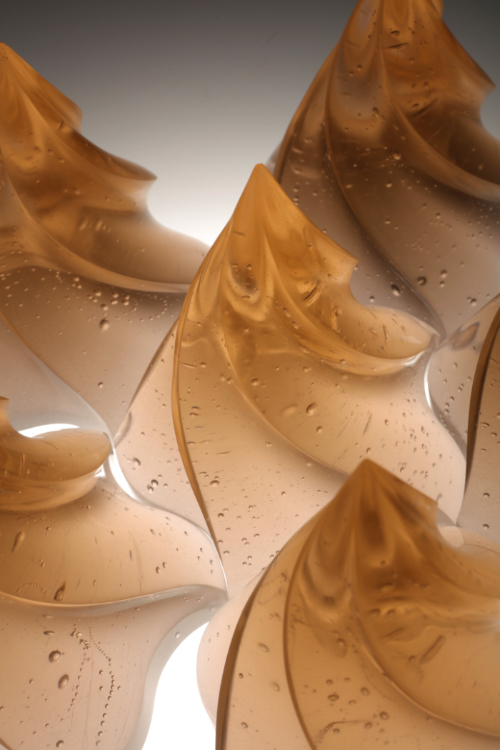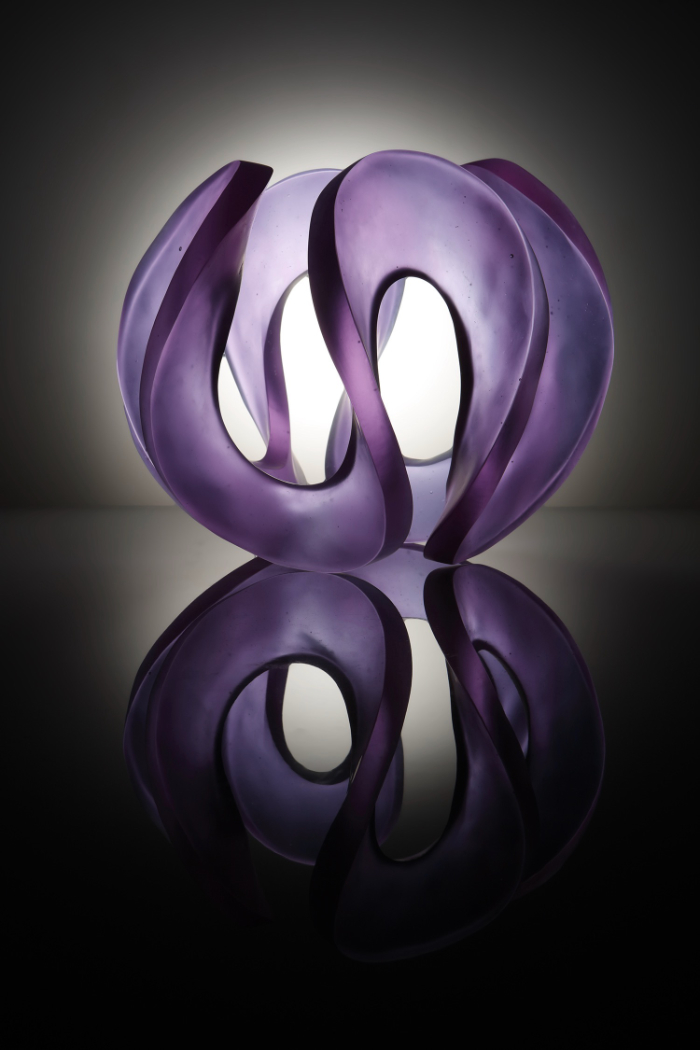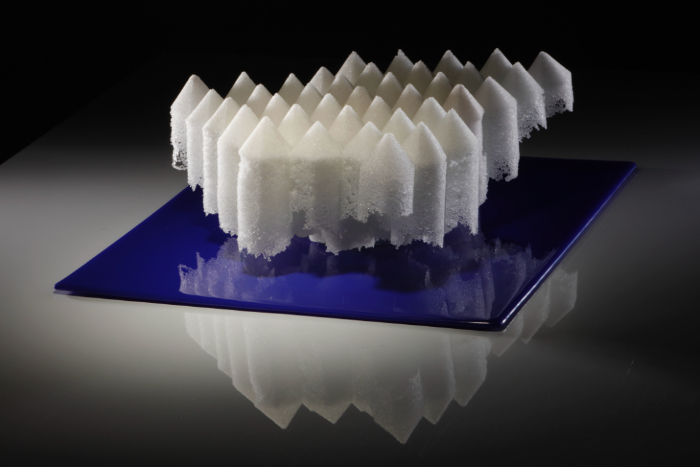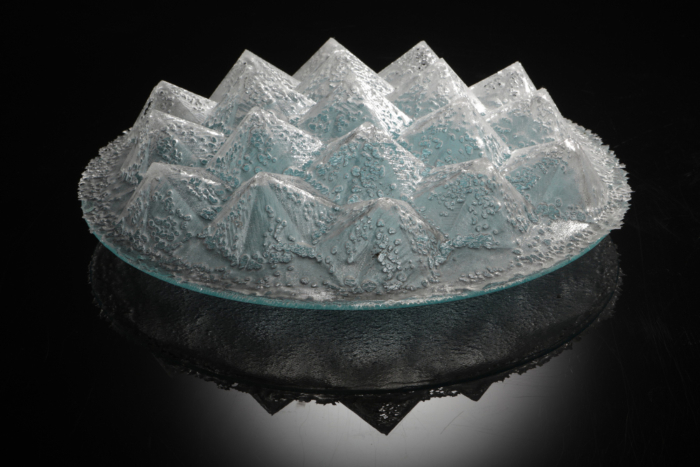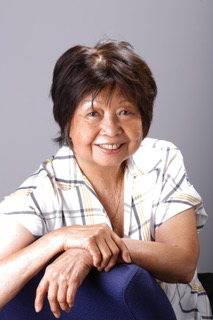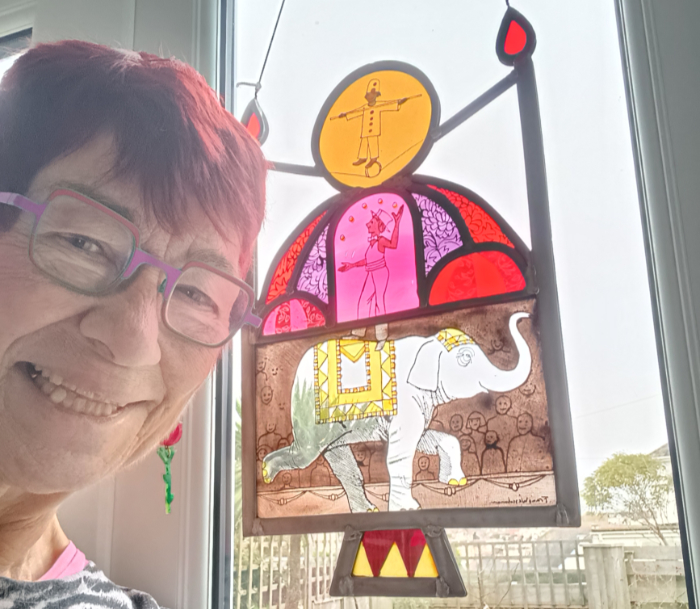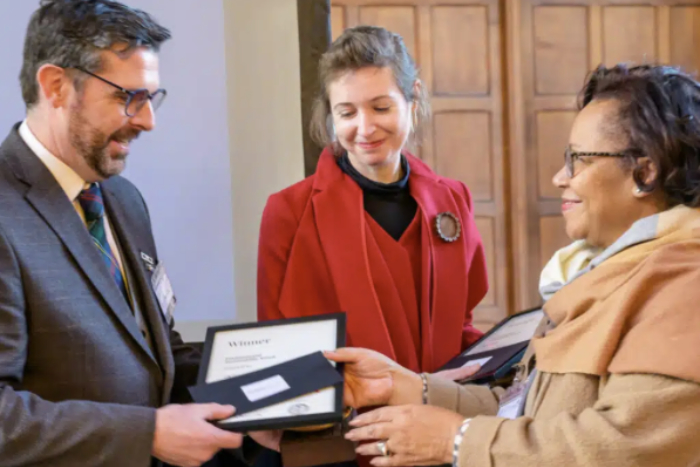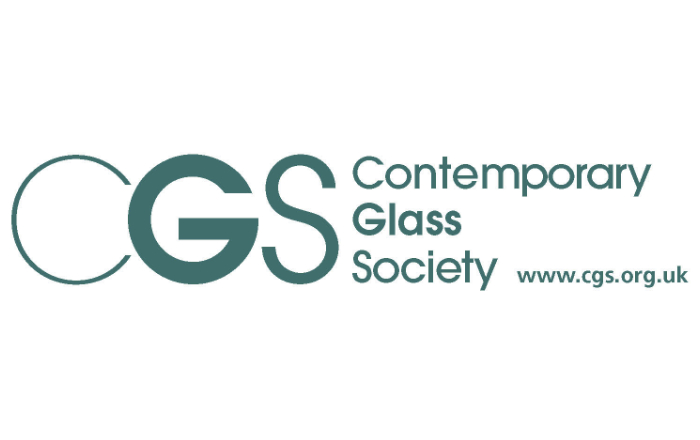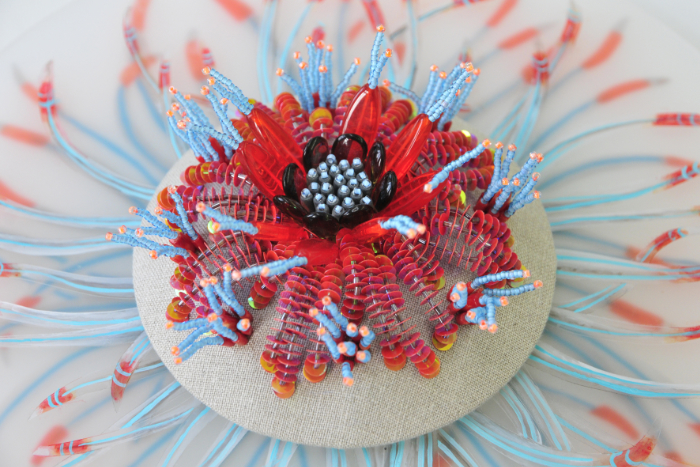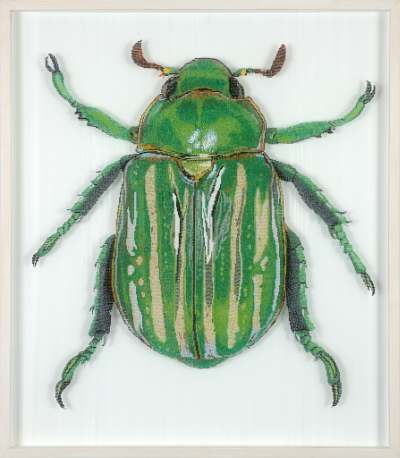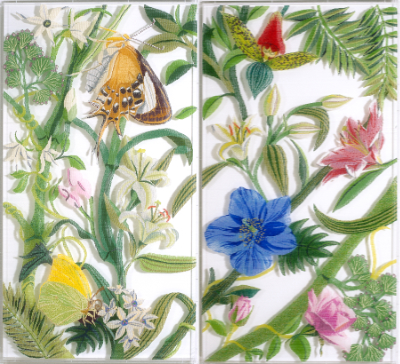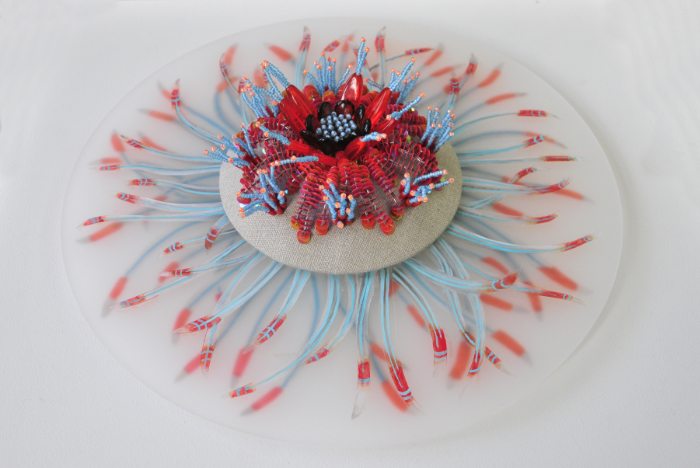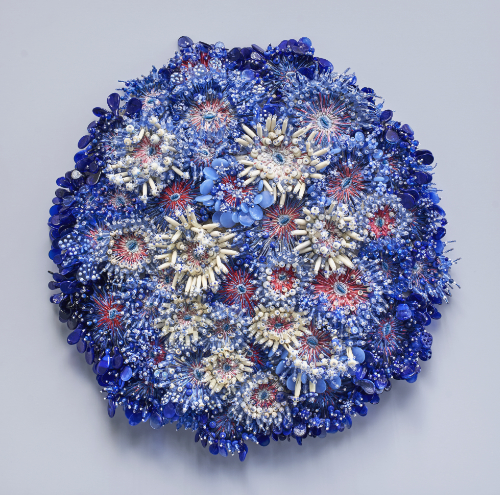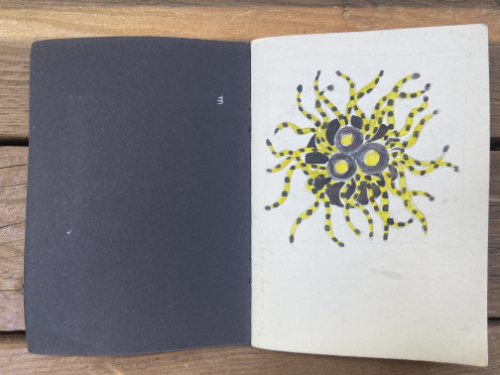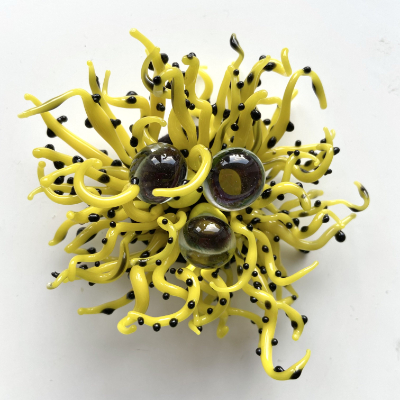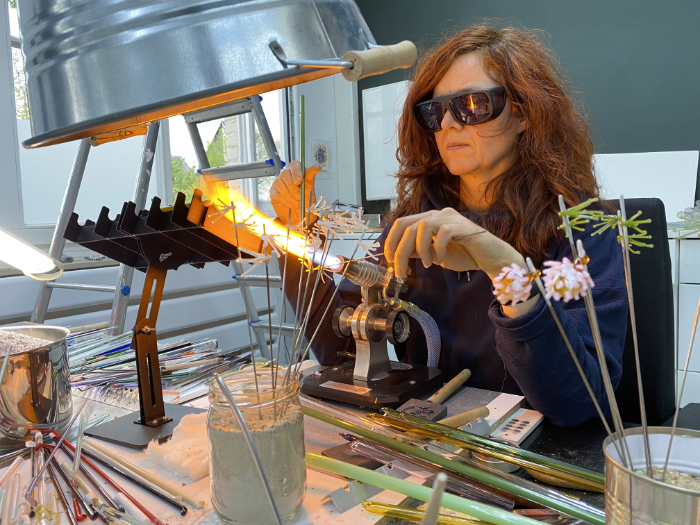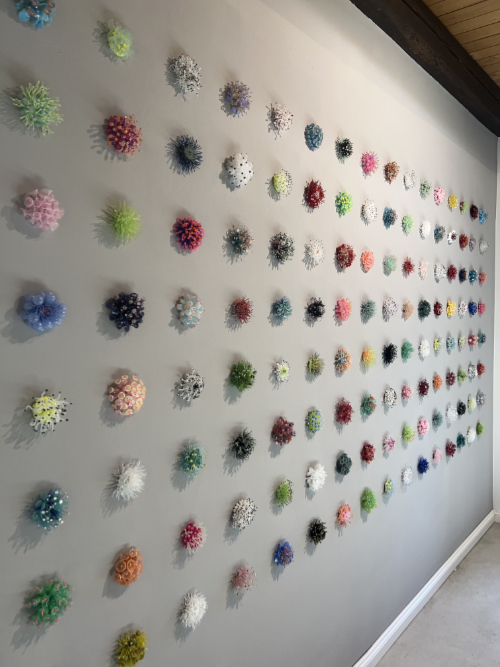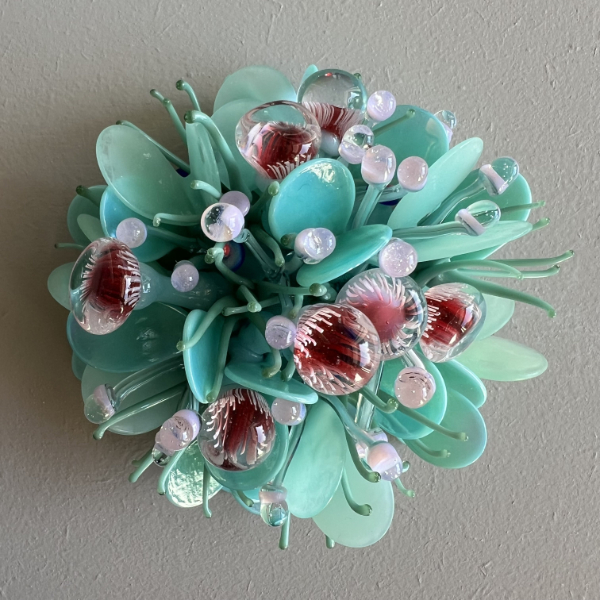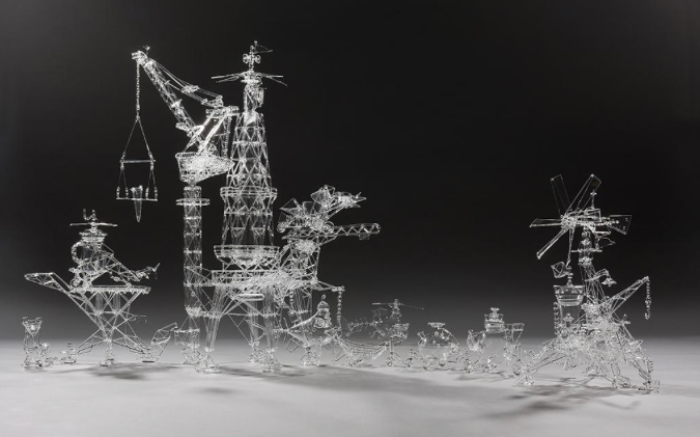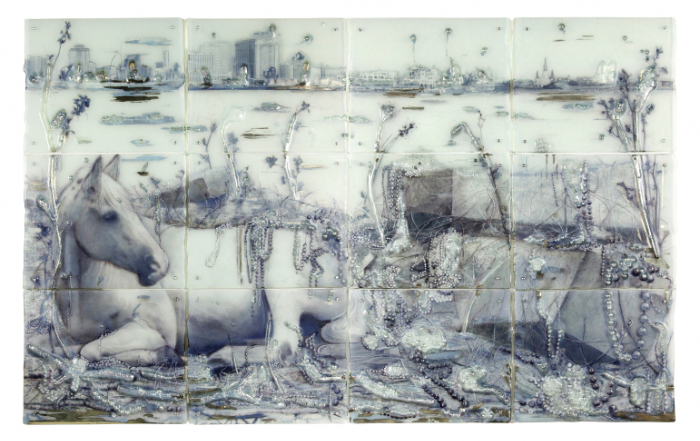
Sibylle Peretti brings a sense of magic and myth to her mixed media pieces that combine a variety of glass and draughtsmanship skills. Linda Banks finds out more.
You are a skilled artist with a background in sculpture. What led you to start working with glass?
I started working with glass long before I studied sculpture and painting at the Art Academy in Cologne, Germany. I was 19 when I began a three-year course at the School for Glass Making in Zwiesel. I became interested in the material because of my deep connection to my father, who worked as a designer for a large glass manufacturing company. He inspired me to see glass as one of the most fascinating materials.
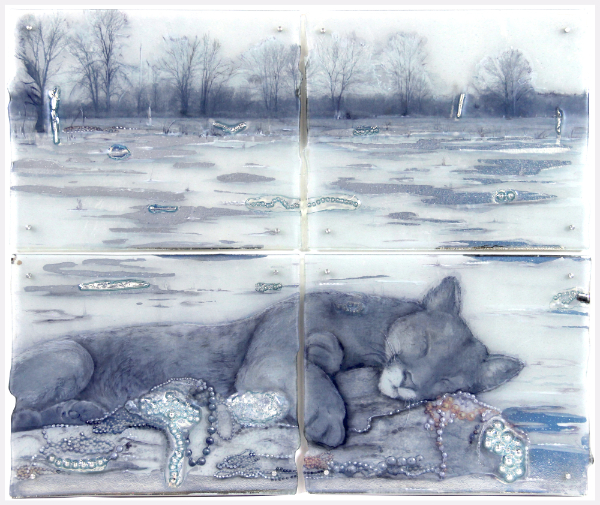
What glass techniques have you used, and which do you prefer?
At the glass school in Zwiesel I learned traditional glass painting, engraving, lampworking and basic glassblowing skills. I still love to combine engraving with painting. In addition, I make sculptures in kiln-cast glass and create deep glass wall reliefs using the kiln-forming process. But I don’t limit myself to traditional glass techniques. Rather, I explore the unconventional use of the material by combining it with paper, pencil drawing and photography. I see glass as a perfect transparent or translucent canvas – a material that is made for holding many layers of information: light, marks, colours and imagery.

You often use mixed media to create your magical pieces. Please tell use more about your creative approach. Do you draw your ideas out or dive straight in with the materials?
My recent wall panels start with photographs of landscapes, flora, fauna and objects that I take from my immediate surroundings. Often these are places that are fragile and threatened by climate change or urban expansion. Combining drawing, painting and collaging the photographs is part of my process. Once the final layout of the images is decided, the translation onto glass can begin. In the process, I often modify parts of the layout to suit the possibilities of the glass. For me, working with glass is a permanent interplay with ideas and the possibilities of the material to make the idea stronger.
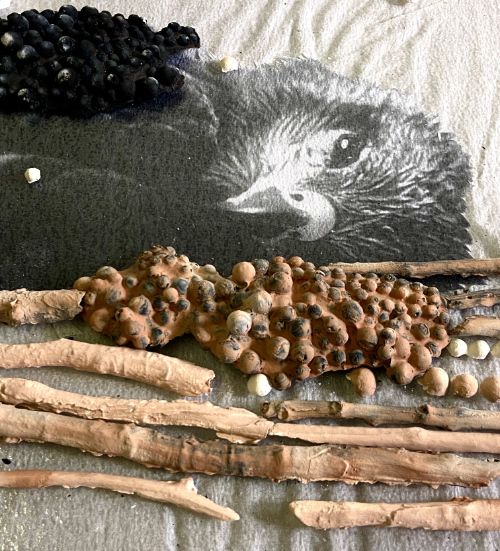
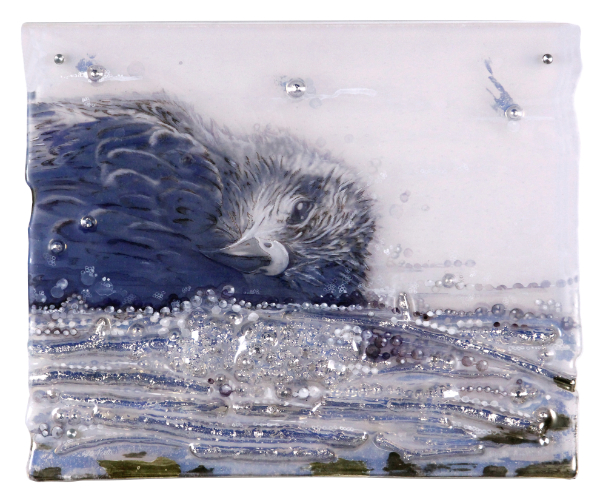
You feature children and nature in your work. What message(s)do you want to convey through your art?
I am interested in capturing narratives about the beautiful and poetic, yet disrupted, relationship between humans and the natural world. My hope is that we can reimagine our fractured connection to nature and our environment. I am always searching for the possibility of resilience, renewal, redirection and unity. The children in my work represent both vulnerability and strength. They seem to come alive through a new and intimate, perhaps mystical, reconnection to nature. I also imagine them as prophets who see things we do not.
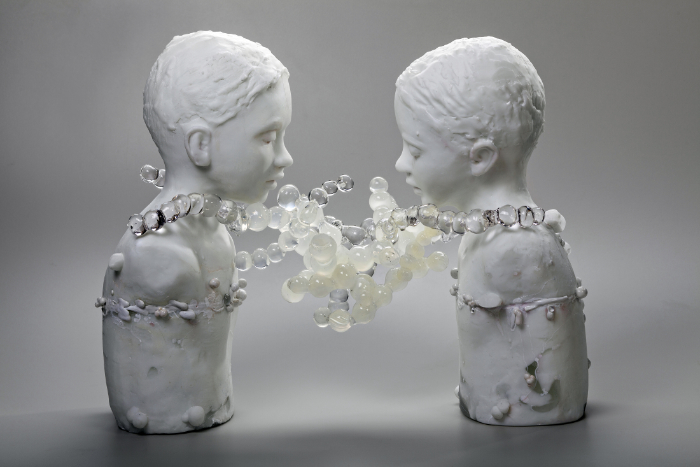
You have taught glass and mixed media, as well as undertaking many artists’ residencies. What have these experiences contributed to your life and work?
Teaching and artist residencies are two different things. When I am teaching, I am really impressed by the passion and curiosity of many of the students to really push themselves and to learn different ways of working with glass in a short period of time. I try to help them find a personal, authentic sensitivity to the material. It’s not about how many techniques you can learn, but about you and your passion to become one with the idea and the material. It’s a beautiful feeling to see that happen.
An artist residency is a recognition of your own work. It gives you dedicated time and financial support to work on new ideas. It’s a carefree time that is invaluable to artists. During my residencies I often start complex projects that I would not be able to support on my own.
What is your favourite tool or piece of equipment and why is it your favourite?
My camera is my favourite tool. Even though I call many tools my favourite, the camera captures images that are essential to start my projects. However, my wax tools for carving moulds and modelling details in wax are very close to my heart too. I get crazy if I displace the one I love the most. I also love my kiln very much.
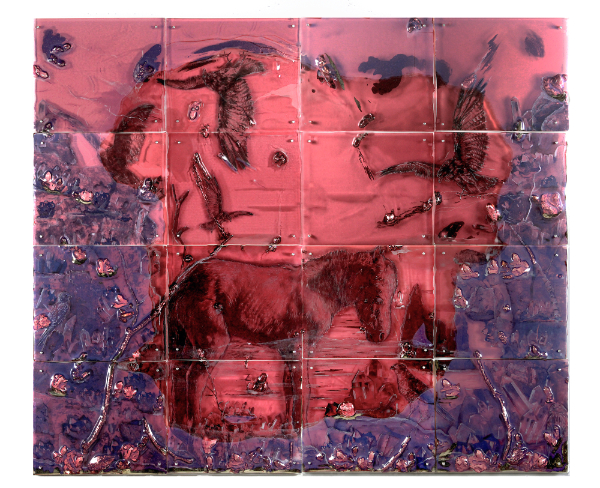
Do you have a favourite piece you have made? Why is it your favourite?
That’s a hard question to answer because there’s not one particular piece. When I work, I create a body of different pieces and they all relate to each other and form a whole. But if I had to name one work right now, it’s probably ‘Snow Child’. The process of building this sculpture was magical and I felt like I was creating life, just like in the Russian fairy tale The Snow Maiden, which was the inspiration for this sculpture. The process of forming a human body out of wax and transforming it into white glass was a special and unforgettable moment.
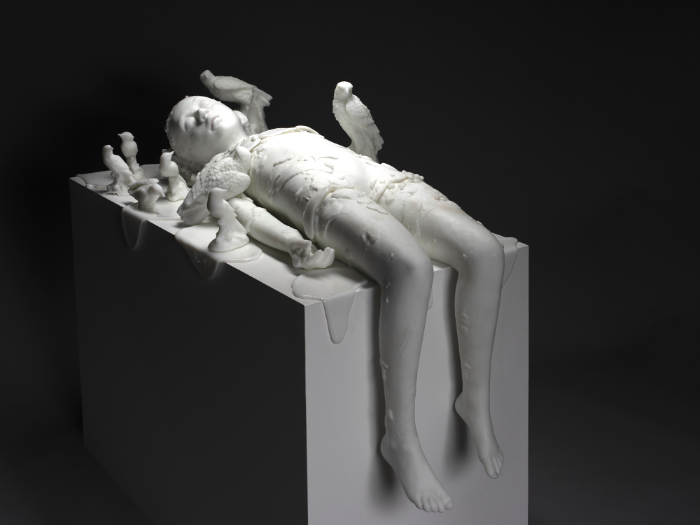
Another current favourite is my most recent mural, ‘After the Flood Before the Storm’. The Mississippi River with the skyline of New Orleans was the setting for this panel. It’s an imaginary landscape where a horse and plants use human remnants and relics to create and reinvent a stronger, fertile habitat after a disaster. [See main feature image]
Where do you show and sell your work?
I show and sell my work in galleries, alternative spaces and museums.
Where is your creative practice heading next?
I have started working on a new project with the title ‘Where the Rubies Grow’. I plan to develop it over the next five years. Through this work I want to investigate the diverse beauty of gold ruby glass. I also want to connect the significance of ruby gemstones to the magical process of making gold ruby glass. The ruby’s bloodlike colour encourages strong associations with this life-sustaining fluid. In the past, those who risked their lives were believed to have a special connection to the gem. The ancient Burmese prized the ruby as the stone of soldiers. They believed it bestowed invincibility. However, wearing it close to the heart wasn’t enough; only those who had rubies physically inserted into their flesh would gain its benefit.
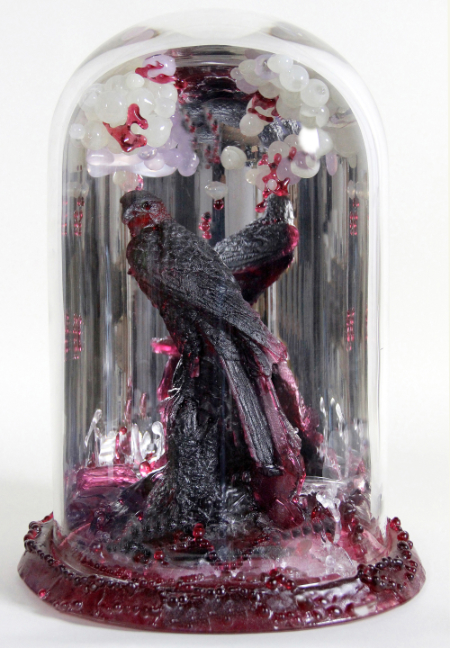
The ruby’s glow seems to hint that it contains an inner fire. It was said that a ruby placed in water could bring it to the boil or, if hidden in wrapping, that it could shine through and reveal its presence. It is said that the first wife of King Henry VIII, Catherine of Aragon, foretold her death from the darkening of her ruby.
These tales and many superstitions are the foundation of my curiosity to explore the importance and magic of gold ruby glass. The project will include an installation of kiln-cast glass, as well as kiln-formed wall panels combined with found objects and video.
About the artist
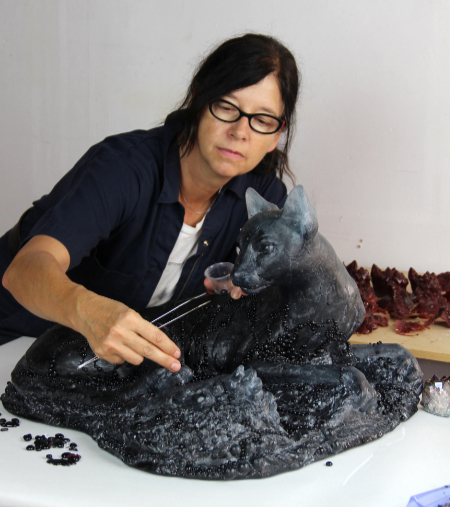
Sibylle Peretti lives and works in Cologne, Germany and New Orleans, USA. She received her MFA in Sculpture and Painting from the Academy of Fine Arts in Cologne and a Master in Glass Making and Design from the State School of Glass in Zwiesel, Germany.
She is the recipient of numerous awards, including grants from the Pollock-Krasner Foundation and the Joan Mitchell Foundation.
In 2012 Sibylle Peretti was awarded the United States Artists Friends Fellowship.
Find out more about Sibylle Peretti via her website: https://sibylleperetti.com/home.html
Main feature image: ‘After the Flood before the Storm’ is made from kiln-formed glass, engraved, silvered, painted, paper, print. It measures 52″h x 84″w x 1″d.
